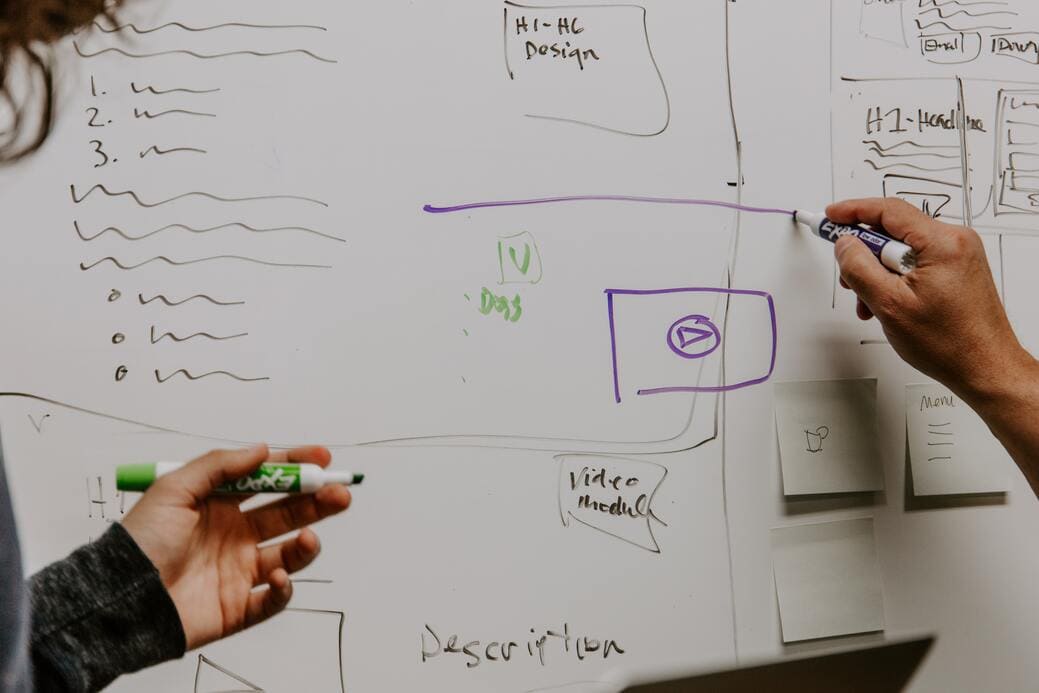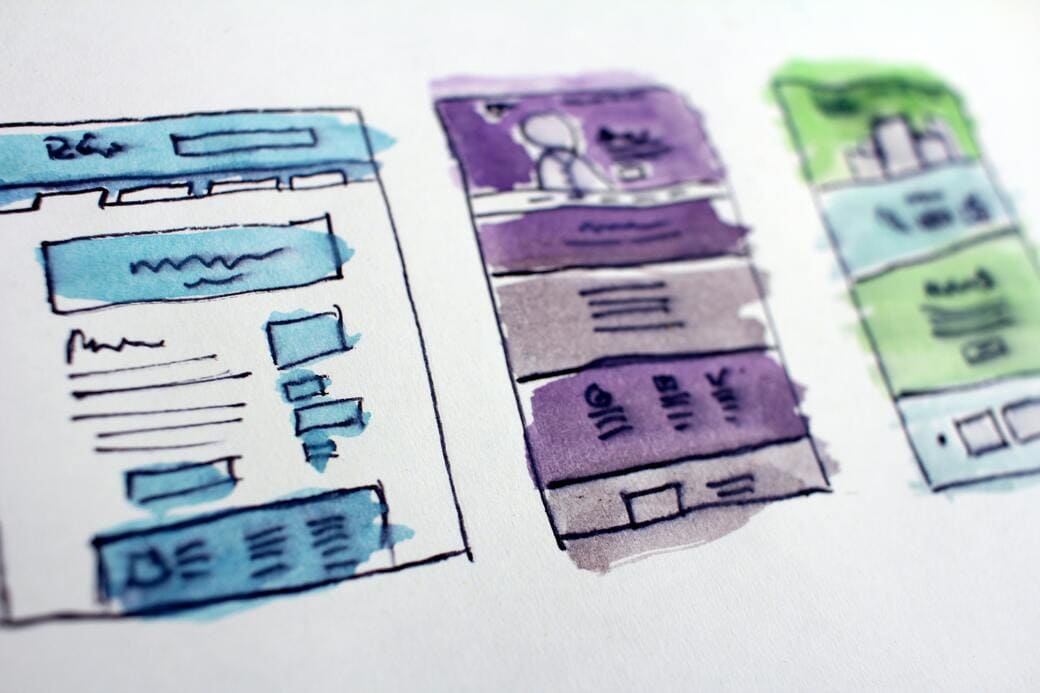SEO can be frustrating and confusing when you’re first getting started. There’s a lot to learn and a lot of misinformation to wade through. When it comes to on-page SEO, there are guidelines that can be relied on to ensure you will have the best chance possible to rank for your topic and target keyword.
We’ve broken down the most important on-page SEO guidelines that work right now. Implement these in your content today to increase your rankings on the search engines and obtain high-value traffic from your demographic.
What is On-Page SEO?
On-page SEO (aka On-Site SEO) are the specific optimizations you can make to your website that give your pages a fighting chance to rank well for their respective target keywords and drive targeted, organic traffic to your page.
Website owners should be prepared to manage these aspects of their website as they need frequent support so you will need to have someone build a site in such a way that you can do these updates on your own, or you will need to budget for the this service in the future.
On-page SEO best practices include optimizing headings, titles, links, and the content itself for the target keyword for which the underlying article is intending to rank.
Why is on-page SEO important?
The primary goal that Google has for its search product is to provide the best, most relevant results for any given search. Remember back before Google. Excite, Yahoo, Altavista, Lycos all looked like a search engine, but Google actually found what you are looking for. On-page SEO optimizes your page to present good your best case argument that this page will satisfy Google’s search query and provide a pleasing experience for THEIR customer.
On-page SEO is important because, when done properly, it will result in providing both Google and users with exactly what they’re seeking. When you signal to Google that your particular article on a given topic is the most relevant by addressing the ranking factors Google commonly evaluates, you create an environment where you can move up the page rankings. Keep in mind, most of these things are super easy to do and should be considered REQUIRED effort if you plan to complete for any competitive terms on the internet. By competitive I mean english words 😂
On-Page SEO Optimization Tips
Follow these tips below to properly optimize the content on your website for search engines.
Optimize Keywords
Competition is fierce, if you can make money online with your topic, chances are there are a lot of websites trying to get attention with your keywords. Our clients are busy website owners who self perform their own website maintenance or would hire us to help them. They don’t have a huge fancy agency working on retainer. We all need to have our digital marketer hat on. Keep in mind “what’s working now” may not work in the future so there is always going to be room for improvement on your pages.
When it comes to keyword placement and density, there are a few rules to follow:
- Body Content: Do your best to match the body content keyword density of the top 10-15 pages that rank for the keyword you are targeting. If you don’t have the details on the competition, try to include your target keyword 3-5 times and secondary keywords once each.
- Title Tag: Include your target keyword as close to the beginning of the title tag as possible. Hint: this page is targeting “On-Page SEO”
- Heading 1 (H1 Tag): Include your target keyword as close to the beginning of this heading tag as possible.
- URL Slug: Use the target keyword as the URL slug for the post.
- Headings 2 – 4 (H2, H3, H4 tags): Try to include the target keyword in ONE of these heading tags. Use secondary and related keywords in heading tags wherever possible.
- Images: Use your target and secondary keywords as image filenames and ALT text.
These guidelines should signal to Google that your article is on the topic of your target keyword, which should lead to improved rankings.
You can overdo your keyword density, especially in the body of your post this includes image ALT text. The goal is to sound conversational not like you are trying to game search engines.

Restructuring existing content can bring new life to your pages
Structure, Formatting, and Media
There are specific optimizations that should be made to the structure and formatting of the article that will help improve bounce rate and dwell time. Inclusions of different media types help as well.
When you can successfully reduce the number of people bouncing off your pages and increase the amount of time they stay reading your content, you can expect ranking and traffic improvements.
In general, we want to build an article so that it’s “skimmable.” This allows the busy reader to quickly understand what the article is about so they can make a decision on whether or not they want to commit to reading the entire piece.
- Line Length: The number of characters per line matters, short line lengths are easier to read and readers generally slow down. Read more about CPL
- Paragraphs: Each paragraph should focus on a single thought. Try to keep paragraphs to 3-5 visual lines (aka lines counted on the screen) to ensure they’re easily absorbed by the reader.
- Sentences: Each sentence should be concise and succinct. Verbose language makes it harder for the reader to internalize information.
- Lists: Lists are fantastic options for actionable processes or a group of items within a specific category. These improve the “skimmability” of your content.
- Bold & Italic: Use this type of formatting at your own discretion to help emphasize information that would be particularly useful for your audience.
- Tables: Use tables where necessary to display specific information in a clean format.
- Photos & Video: Both video and pictures help to break up the content further and keep visitors around longer. Always make sure that the included media is relevant to the text that appears before and after it.
- Interactive Content: Quizzes, tools, calculators, games, and content upgrades are all great options to capture (and keep) your audience’s attention.
While not all of these optimization tips directly relate to search engine ranking factors, these improvements can indirectly lead to improved rankings and increased traffic because they will increase visitors time on page, which will decrease your bounce rate.
Internal and External Links
Internal and external links build trust and improve user experience. Optimizing for both should be a part of your on-page SEO strategy.
- Internal Links: Links to other pages on your website should be used to direct users to supporting information related to the article they’re currently reading. This post is the 3rd ever on this website so over time, I will return here and link to future content that supports these topics. Supporting pages can be the “hub” page of a topic cluster or other pages related to the topic of the page they’re currently on. When linking to other internal pages, always use an anchor that describes the page being linked to. Do not use internal links to pages that are not relevant to the page you are linking from.
- External Links: Links to third-party websites are also used to support the information in your article. Link to third-party sites that are seen as authorities on the topic and make sure the specific page being linked to is hyper-relevant to the article topic of the linking page. Note: If you aren’t linking to other websites you are basically shouting in an empty room.
A proper linking strategy can actually reduce the number of backlinks needed to rank for a given target keyword. Backlinks? What is this…. this is links that point to your pages. The number of links pointed to your pages are counted. Not only that, the relative Rank of the pages that link to you are also taken into consideration. More on this in a future post. For now, make sure you are linking to other pages within your site where those links make sense and are helpful to your readers.
Link to external resources where applicable, don’t be afraid of losing them, you can remove links later if you are truly losing customers to third party links.
Other Tips
Here are a few other tips related to on-page SEO:
- Word Length: The length of the article should fit with the length of the articles currently ranking for the target keyword. Get the average of the top 10 ranking pages and try to write your article so it’s within 10% of this number. Usually this is going to be more than 700 words.
- Freshness: Part of Google’s goal to serve the best results for a given search quality is freshness. Update older content regularly when new information arises on your keyword topics, remove items that are no longer valid.
This is work and by no means trivial, but I want you to know everyone who outranks you does this work to some degree. It is important to realize this just the entry point in competing for important keywords. Try implementing these guidelines today and watch how quickly your rankings and traffic improve!
